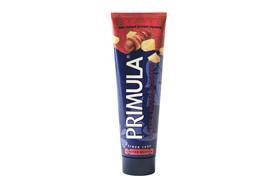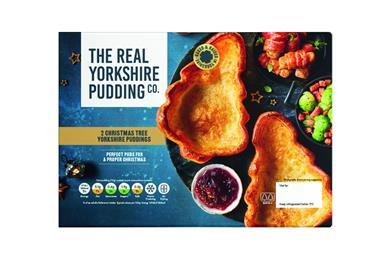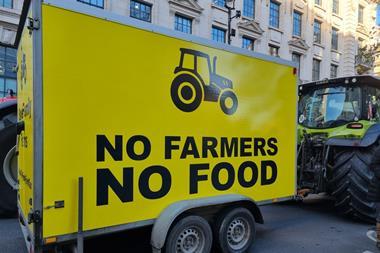Of the shoppers interviewed at the category, 81% are regular and loyal to each store, shopping there once a week or more.
By its very nature, the category's products attract older shoppers and more men than some other categories. They tend to buy cans of soup, mainly branded.
Younger women under the age of 45 are brought into the category through the cup soups, mainly for lunchtime consumption.
The diet-conscious are attracted by low calorie soups and there is a high level of knowledge about the calories of each variety.
Soup is definitely a destination category. The vast majority of purchasers (83%) plan to buy before visiting the store and they buy most times they visit.
Confirmation of this came from observation of rapid decision-making and selection by many shoppers, often reaching out for their product after a few seconds.
Soups has proved to be a highly efficient category where the conversion figure for buying is a healthy 79%.
This conversion figure shows little difference across the retailers.
Unlike some of the other categories we have reviewed, the shoppers' inherent desire to buy soups is likely to spur them on to overcome some of the display's weaknesses to locate their chosen product.
Therefore, it could be said that it is the shoppers' reliance on soups that makes this a high conversion category rather than the efficient working of the display.
Shoppers showed minimal interest in browsing the category, especially if they were buying cans.
The category enjoys a high level of repeat buying of favourite brands and flavours. There was evidence of more browsing for the cup soup ranges where the shoppers were more open to trying new varieties.
Non-purchasers spent the minimum amount of time at the display, which failed to draw them in because there was nothing to convey any excitement to the shopper to tempt them to explore the products. Shopping times were minimal, at an average of 15 seconds.
Purchasers were, in the main, the experienced shoppers who were regular buyers of the category and loyal to particular flavours and brands.
It was important for them to see the product they wanted and to be reassured it was in stock. If they did not see it immediately they would look for it across the display.
For purchasers the shopping times were relatively speedy, with an average of 51 seconds. The longest shopping time in this category was 3:22.
If the required product was not on the shelf, just under half the shoppers would have walked away without buying an alternative, while one third would have considered another brand/flavour.
The range and stock levels are key in this category.
Key brands and flavours plus a good range and mix should prevent retailer and manufacturer from losing revenue from this category.
{{INSIGHT }}
By its very nature, the category's products attract older shoppers and more men than some other categories. They tend to buy cans of soup, mainly branded.
Younger women under the age of 45 are brought into the category through the cup soups, mainly for lunchtime consumption.
The diet-conscious are attracted by low calorie soups and there is a high level of knowledge about the calories of each variety.
Soup is definitely a destination category. The vast majority of purchasers (83%) plan to buy before visiting the store and they buy most times they visit.
Confirmation of this came from observation of rapid decision-making and selection by many shoppers, often reaching out for their product after a few seconds.
Soups has proved to be a highly efficient category where the conversion figure for buying is a healthy 79%.
This conversion figure shows little difference across the retailers.
Unlike some of the other categories we have reviewed, the shoppers' inherent desire to buy soups is likely to spur them on to overcome some of the display's weaknesses to locate their chosen product.
Therefore, it could be said that it is the shoppers' reliance on soups that makes this a high conversion category rather than the efficient working of the display.
Shoppers showed minimal interest in browsing the category, especially if they were buying cans.
The category enjoys a high level of repeat buying of favourite brands and flavours. There was evidence of more browsing for the cup soup ranges where the shoppers were more open to trying new varieties.
Non-purchasers spent the minimum amount of time at the display, which failed to draw them in because there was nothing to convey any excitement to the shopper to tempt them to explore the products. Shopping times were minimal, at an average of 15 seconds.
Purchasers were, in the main, the experienced shoppers who were regular buyers of the category and loyal to particular flavours and brands.
It was important for them to see the product they wanted and to be reassured it was in stock. If they did not see it immediately they would look for it across the display.
For purchasers the shopping times were relatively speedy, with an average of 51 seconds. The longest shopping time in this category was 3:22.
If the required product was not on the shelf, just under half the shoppers would have walked away without buying an alternative, while one third would have considered another brand/flavour.
The range and stock levels are key in this category.
Key brands and flavours plus a good range and mix should prevent retailer and manufacturer from losing revenue from this category.
{{INSIGHT }}

















No comments yet